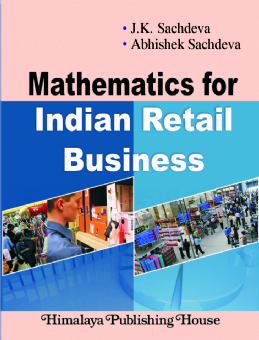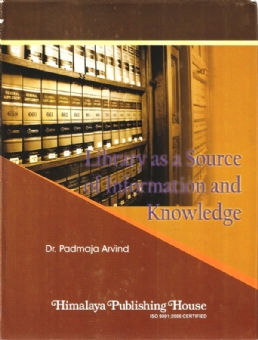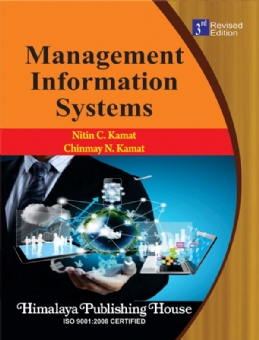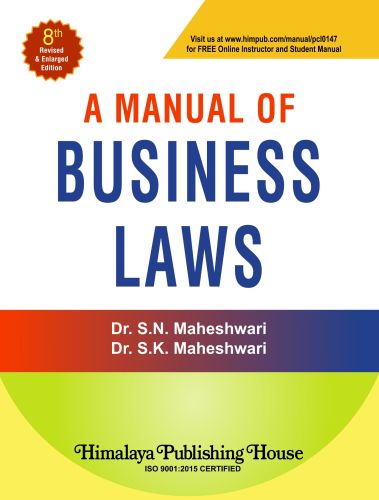A retailer is the final business in a distribution channel. It is interface between customers and the rest of the channel. Thus, retailer is a business that sells products and services to customers for their personal, family or non-business use. Retailing includes all the activities involved in selling goods or services directly to the final consumer for personal or non-business use. Retailing is the sale of goods and services to the ultimate consumer for personal, family household use. Thus, retailing involves more than selling tangible products. It includes every sale of goods and services to the final consumer. Thus purchase of a service such as reservation of railway ticket, consultancy of a physician, maintenance services of a plumber, carpenter, hair-cut etc., dry cleaning, stay at hotel, rental of book, home delivery of goods, consultation by lawyer / doctor are also retail transactions. Consumer is a key issue in the concept of retailing. The person who runs the shop will not be the ultimate or final or ‘end of the chain’ customers (end user). All retailing do not occur through stores or shops. There are numerous examples of non-store retailing, such of Aquaguard by Eureka Forbes, sale of cosmetics by Avon, catalogue sales by L.L.Bean, etc. Also retailing does not need physical presence of retailer or his representative. For example, automatic vending machines.
Retailing accounts for about 15-20% of the organized workforce in any developed economy. It is the second largest employer in the India after agriculture. There are about 6 million retail establishments in India. Of which, 4.1 million (70%) sell food products and related items. An interesting research in this area has shown that grocery stores (56% of all retail outlets) and general stores (13%) dominate rural India. There are 1.8 million retail outlets in urban India. Of which more than 50% earn between 7,500 and 25,000 daily. Approximately 6.6% of urban adults in India are shop owners. There are about 21% outlets in urban area engaged service retailing. Retailing accounts for an impressive part of Gross Domestic Product (GDP).
Cooperative marketing is not new to India. To get the economies of scale, Indian craftsmen and traders made shrenies or groups of similar products and trade during 6th and 7th centuries. This was the basis of caste system. The villages during medieval and British period grew with cooperative trade.
Contents :
1. Merchandising for Profit
2. Retail Pricing and Re-pricing
3. Relationship of Markup to Profit
4. Retail Method of Inventory
5. Rupee Planning and Control
6. Invoice Mathematics
7. Computing by Heart
8. Forecasting
9. Summary
References and Further Readings







